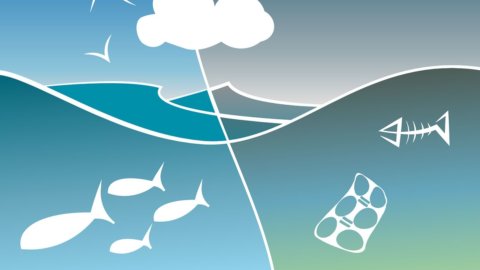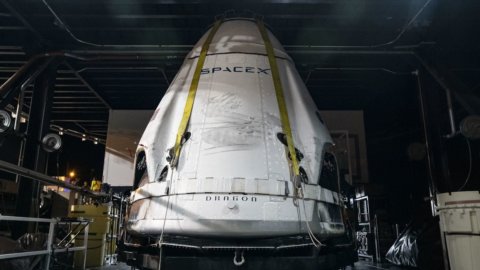How to reinvent plastic? Global Opportunity Report asked the question, the study conducted by DNV GL, the United Nations Global Compact and Sustania, which also published once again worrying data on how much waste negatively affects the ocean ecosystem, covering the 70% of the planet, they regulate the climate and are central to the livelihoods of 3 billion people. The gross marine product is in fact worth 2,5 trillion dollars, but today it is under threat due to damage from pollution and overfishing.
It is precisely plastic that plays a leading role in this threat. In fact, it weighs 80% of marine litter. In 2050 there will be more plastic in the oceans than fish. A trend that can only be reversed by re-imagining it and redefining its uses in a circular perspective. With a history of 170 years and countless economic and social benefits introduced to its credit – including the extension of the life of food products thanks to the innovations brought by packaging or the reduction of fuel consumption thanks to the development of lighter components for vehicles – plastic plays a key role in the global economy landscape. The versatility afforded to the design and low production costs, however, have led to the practice of developing short life cycles and hardly recycling. It is estimated that around 30% of plastic is not reused and that more than 8 tons end up in the sea every year. Suffice it to say that, just considering the packaging, 95% of the material is lost after the first use. A loss to the economy estimated at 80 to 120 billion dollars a year.
A situation that is important to stem, considering that it is a market – that of plastics – which will be worth 650 billion dollars by 2020 and for which production is expected to double over the next 20 years. The changes in the legislative landscape will also require reflection. In fact, there are several countries that are working towards the introduction of policies for ban single-use products by 2021. But how to reinvent plastic? Rethinking its production and uses and working on more sophisticated recycling processes. The Global Opportunity Report reviews some excellent examples of innovation. Plastic can be made from any element that contains hydrogen and carbon. Fossil fuels have been the main raw material up to now, but it need not continue to be so. Econic scientists, for example, have been working on a technology that today allows 50% of fossil fuels to be replaced with components deriving from the catalysis of exhaust gases. Transforming the culture of single use is also essential. There are companies that are already working on it. Unilever has made a commitment to work to ensure that 100% of its packaging can be made of reusable or recyclable plastic by 2025.
There are those who, on the other hand, renounce the disposable – such as the Chilean Algramo who sells their products "by weight", through vending machines, in reusable containers – or who think of alternative solutions such as Bee's Wrap which has produced packaging in beeswax.





